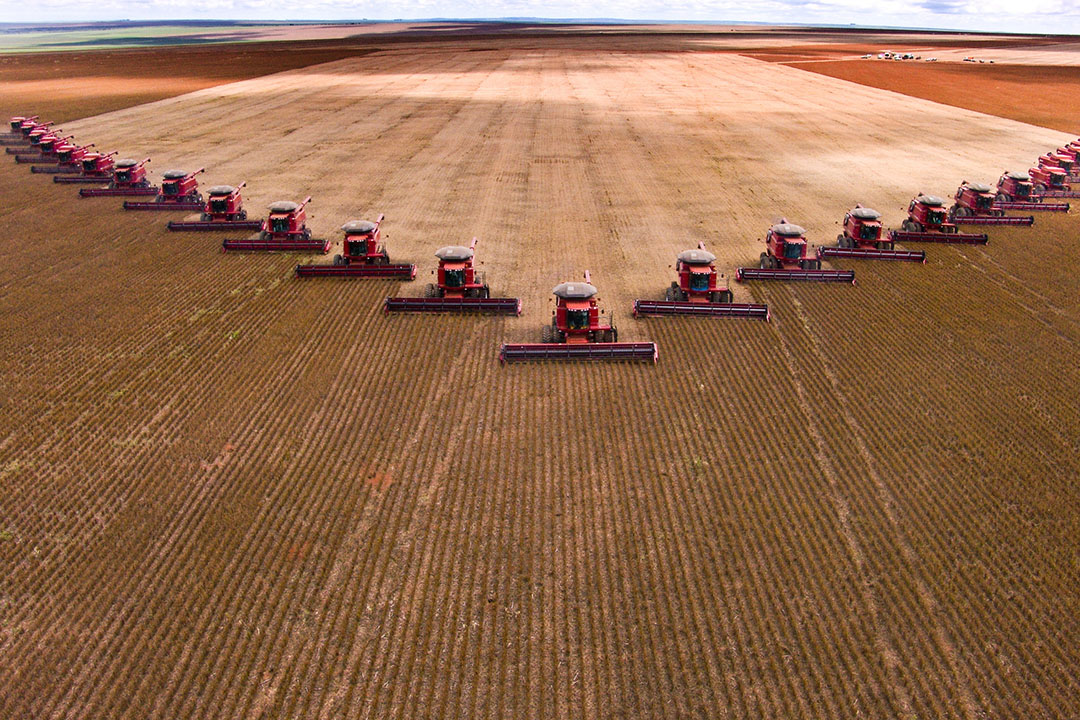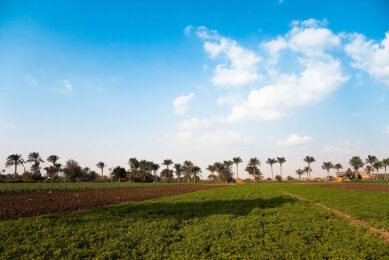FAO: Enough grains and milk, less meat supply

For most commodities, the supply:demand will be balanced in the coming year. This is stated in the Food Outlook report, a biannual report on global food markets, published by the FAO Trade and Markets Division.
The FAO writes that food markets in 2019/20 are bracing for some additional uncertainties beyond their own fundamentals. A fast-changing trade environment and the rapid spread of African Swine Fever constitute important challenges to overcome. However, prospects point to generally well supplied markets, which are seen to contribute to a lower food import bill in 2019. The highlights per product group are listed below.
Wheat
Given the expectations of a strong rebound in world wheat production and a less buoyant growth in overall demand, global wheat markets should remain adequately supplied in 2019/20, with inventories rising – especially among the major exporters – and prices expected to remain under pressure.
Coarse grains
Despite a forecast rebound in world coarse grain production in 2019, global inventories have to decline to meet projected total utilisation in 2019/20. However, export availabilities should remain sufficient amid less vibrant trade prospects.
Other Rabobank reports: The uncertain Brazilian soybean situation
Rice
Less attractive margins and adverse weather are tentatively forecast to constrain world rice production in 2019 from expanding beyond the 2018 all-time high. Despite the forecast stagnation, world rice supplies should remain ample in 2019/20, bolstering expectations of global rice utilisation expanding further.
Oil crops
FAO’s latest forecasts for 2018/19 point towards a balanced supply:demand situation for oils/fats, while meals/cakes are characterised by a sizeable production surplus. Preliminary projections for 2019/20 suggest that production of both oils and meals could fall short of demand, possibly triggering stock releases.
Meat
World meat output is forecast to decline due to a fall in pig meat output, primarily in China, more than offsetting expansions in bovine, poultry and ovine meat categories. Trade is forecast to expand, fuelled by an expected sharp rise in imports by China.
Interview: Jeroen Leffelaar, managing Director Food & Agri Innovation at Rabobank and one of the founders of F&A Next.
Dairy
World milk production is heading for an increase in 2019, underpinned by rising dairy herd numbers and milk yields, although warm and dry weather conditions may pose a threat. Trade is forecast to expand for a fourth successive year, but at a slower pace than in 2018.
Fisheries
Growth in global fish production in 2019 is expected to remain flat, with low catches for several wild-caught species and steady aquaculture expansion. Demand growth is positive but slowing as well, in part on trade tensions and weaker economic growth.
Source: FAO











